How do readers choose their next book? What can authors do to increase their chances of winning the ‘buy my book’ lottery?
The days of spending hours roaming the aisles of a book shop or a library gazing at hundreds of covers, handling each book, thumbing through its pages, catching a paragraph here or there until they eventually get around to reading the synopsis printed on the jacket cover are a thing of the past.
With online shopping, the hours-long leisurely stroll down the aisle has become more of a quick glance at an endless list of titles displayed on a computer screen. When a cover catches the reader’s eye, she skims the first few sentences of the book description or blurb. If it doesn’t entice her to read the rest, she goes on to the next book.
So, how do you lure a potential reader to choose your book over the other 999 titles listed in your genre?
Of course, the book cover makes the first impression, but it’s up to your blurb to convince the reader to hit the ‘buy now’ button before her attention is drawn away to another title.
How Do You Hook a Reader in 150 to 200 words?There’s a fine art to writing a book blurb that’ll captivate people’s interest making them want to learn more. The customer already knows what kind of book she’s looking for. She’s narrowed down her search to a list containing the final contenders. It’s up to your blurb to convince her that your book is THE ONE she wants.
That’s easy to say, but not so easy to do. How do you condense a 60,000-word novel down to 150 to 200 words? First thing, you need to know and understand your genre. What’s the best-selling topic or theme? You also need to know your readers. What grabs their attention?
The best way to learn these things is by looking at blurbs written by successful authors in your niche. Content and style may vary depending on the type of book, but most fiction writers follow these guidelines:
Excellent Example in FictionHere’s the blurb from Tom Clancy’s novel, “Line of Sight.”
Twenty-six years ago, Dr. Cathy Ryan restored the eyesight of a young Bosnian girl who had been injured during an attack in the Bosnian War. Today, her son Jack Ryan, Jr. has agreed to track down the young woman and deliver a letter from his mother. What he finds shocks them both.
Clancy is a master at writing blurbs, covering all four points mentioned in only fifty-two words.
Excellent Example in NonfictionNonfiction is a little different, but the idea remains the same — hook the reader in 200-300 words. Ideally, the first sentence surprises, shocks, intrigues, or stirs up the reader’s curiosity. It can also be an open-ended question.
The rest of the blurb should answer these questions:
Annie Gracie’s 228-word blurb for “This Naked Mind” is a good example.
This Naked Mind has ignited a movement across the country, helping thousands of people forever change their relationship with alcohol.
Many people question whether drinking has become too big a part of their lives and worry that it may even be affecting their health. But they resist change because they fear losing the pleasure and stress relief associated with alcohol and assume giving it up will involve deprivation and misery.
This Naked Mind offers a new, positive solution. Here, Annie Grace clearly presents the psychological and neurological components of alcohol use based on the latest science and reveals the cultural, social, and industry factors that support alcohol dependence in all of us. Packed with surprising insight into the reasons we drink, this book will open your eyes to the startling role of alcohol in our culture and how the stigma of alcoholism and recovery keeps people from getting the help they need. With Annie’s own extraordinary and candid personal story at its heart, this book is a must-listen for anyone who drinks.
This Naked Mind will give you freedom from alcohol. It removes the psychological dependence so that you will not crave alcohol, allowing you to easily drink less (or stop drinking). With clarity, humor, and a unique blend of science and storytelling, This Naked Mind will open the door to the life you have been waiting for.
Tips To Remember1. Either with fiction or non-fiction, give readers what they want without clichés or cheesy language, and never talk down to anyone.
2. Use keywords wisely. Keep from stuffing your blurb with unnecessary verbiage. Make every word count, especially the first sentence. Start with a hook and entice the readers to want more. Appeal to their emotions.
3. Remember, it’s not a book summary. You only have a limited amount of time to highlight the reasons why your readers should be reading your book. Think of it as a challenge. Go out there and win.
The days of spending hours roaming the aisles of a book shop or a library gazing at hundreds of covers, handling each book, thumbing through its pages, catching a paragraph here or there until they eventually get around to reading the synopsis printed on the jacket cover are a thing of the past.
With online shopping, the hours-long leisurely stroll down the aisle has become more of a quick glance at an endless list of titles displayed on a computer screen. When a cover catches the reader’s eye, she skims the first few sentences of the book description or blurb. If it doesn’t entice her to read the rest, she goes on to the next book.
So, how do you lure a potential reader to choose your book over the other 999 titles listed in your genre?
Of course, the book cover makes the first impression, but it’s up to your blurb to convince the reader to hit the ‘buy now’ button before her attention is drawn away to another title.
How Do You Hook a Reader in 150 to 200 words?There’s a fine art to writing a book blurb that’ll captivate people’s interest making them want to learn more. The customer already knows what kind of book she’s looking for. She’s narrowed down her search to a list containing the final contenders. It’s up to your blurb to convince her that your book is THE ONE she wants.
That’s easy to say, but not so easy to do. How do you condense a 60,000-word novel down to 150 to 200 words? First thing, you need to know and understand your genre. What’s the best-selling topic or theme? You also need to know your readers. What grabs their attention?
The best way to learn these things is by looking at blurbs written by successful authors in your niche. Content and style may vary depending on the type of book, but most fiction writers follow these guidelines:
- Introduce the main characters
- Highlight the adventure/conflict/action that drives the story
- Mention any major obstacle
- Build drama by hinting at what’s at stake
Excellent Example in FictionHere’s the blurb from Tom Clancy’s novel, “Line of Sight.”
Twenty-six years ago, Dr. Cathy Ryan restored the eyesight of a young Bosnian girl who had been injured during an attack in the Bosnian War. Today, her son Jack Ryan, Jr. has agreed to track down the young woman and deliver a letter from his mother. What he finds shocks them both.
Clancy is a master at writing blurbs, covering all four points mentioned in only fifty-two words.
Excellent Example in NonfictionNonfiction is a little different, but the idea remains the same — hook the reader in 200-300 words. Ideally, the first sentence surprises, shocks, intrigues, or stirs up the reader’s curiosity. It can also be an open-ended question.
The rest of the blurb should answer these questions:
- What is the subject or the problem your book is going to solve, and how do you intend to do that? Will it be topic based or story based?
- What is the scope of the book? Biography, self-help, memoir, etc.
- What is the mood of the book? Humorous, cautionary, speculative.
- For whom is it written? Expert or lay-person?
- Does it entice the reader with a solution to a problem or an emotional payoff?
- What are your credentials qualifying you to write the book?
Annie Gracie’s 228-word blurb for “This Naked Mind” is a good example.
This Naked Mind has ignited a movement across the country, helping thousands of people forever change their relationship with alcohol.
Many people question whether drinking has become too big a part of their lives and worry that it may even be affecting their health. But they resist change because they fear losing the pleasure and stress relief associated with alcohol and assume giving it up will involve deprivation and misery.
This Naked Mind offers a new, positive solution. Here, Annie Grace clearly presents the psychological and neurological components of alcohol use based on the latest science and reveals the cultural, social, and industry factors that support alcohol dependence in all of us. Packed with surprising insight into the reasons we drink, this book will open your eyes to the startling role of alcohol in our culture and how the stigma of alcoholism and recovery keeps people from getting the help they need. With Annie’s own extraordinary and candid personal story at its heart, this book is a must-listen for anyone who drinks.
This Naked Mind will give you freedom from alcohol. It removes the psychological dependence so that you will not crave alcohol, allowing you to easily drink less (or stop drinking). With clarity, humor, and a unique blend of science and storytelling, This Naked Mind will open the door to the life you have been waiting for.
Tips To Remember1. Either with fiction or non-fiction, give readers what they want without clichés or cheesy language, and never talk down to anyone.
2. Use keywords wisely. Keep from stuffing your blurb with unnecessary verbiage. Make every word count, especially the first sentence. Start with a hook and entice the readers to want more. Appeal to their emotions.
3. Remember, it’s not a book summary. You only have a limited amount of time to highlight the reasons why your readers should be reading your book. Think of it as a challenge. Go out there and win.

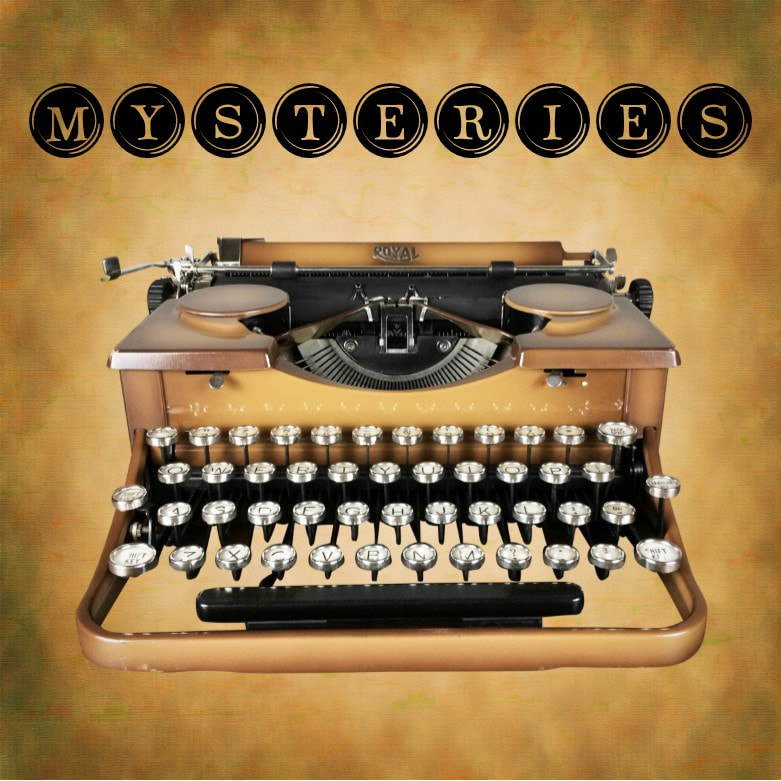
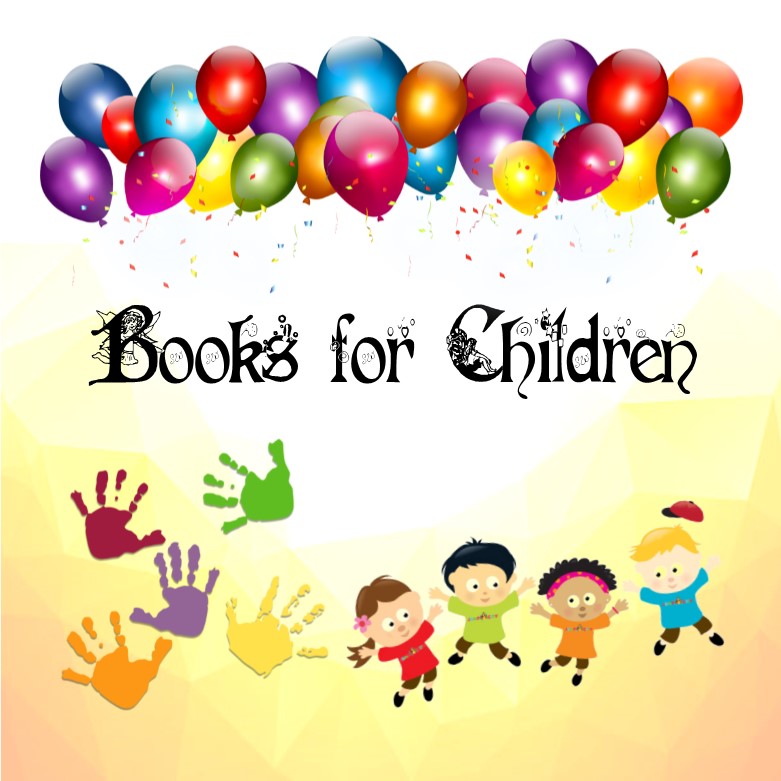
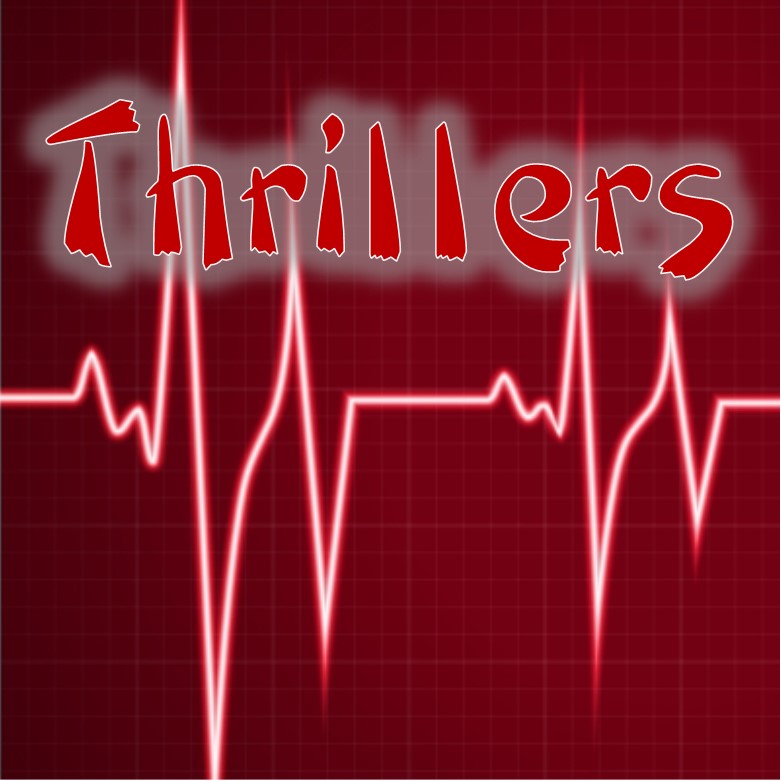
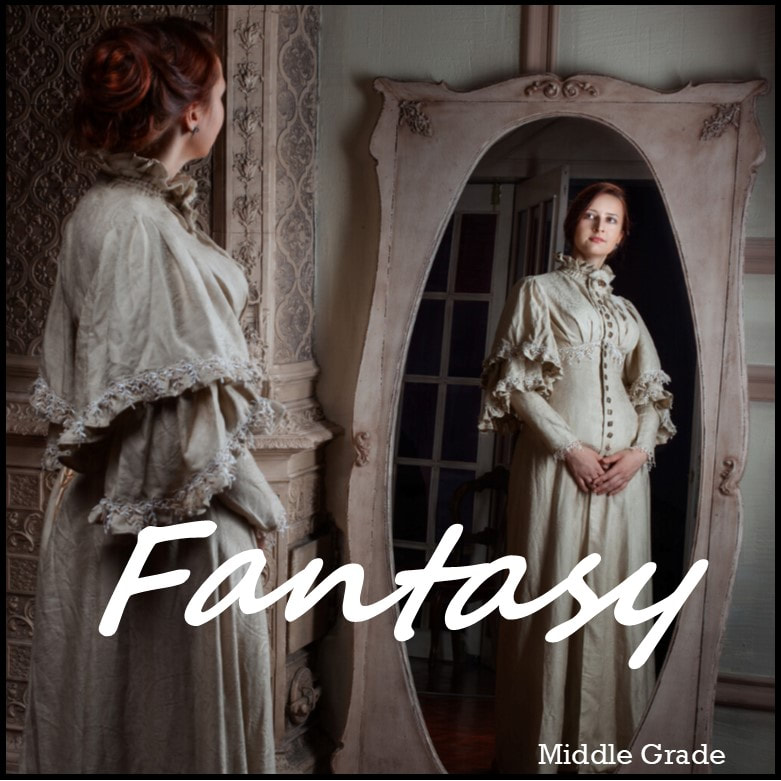
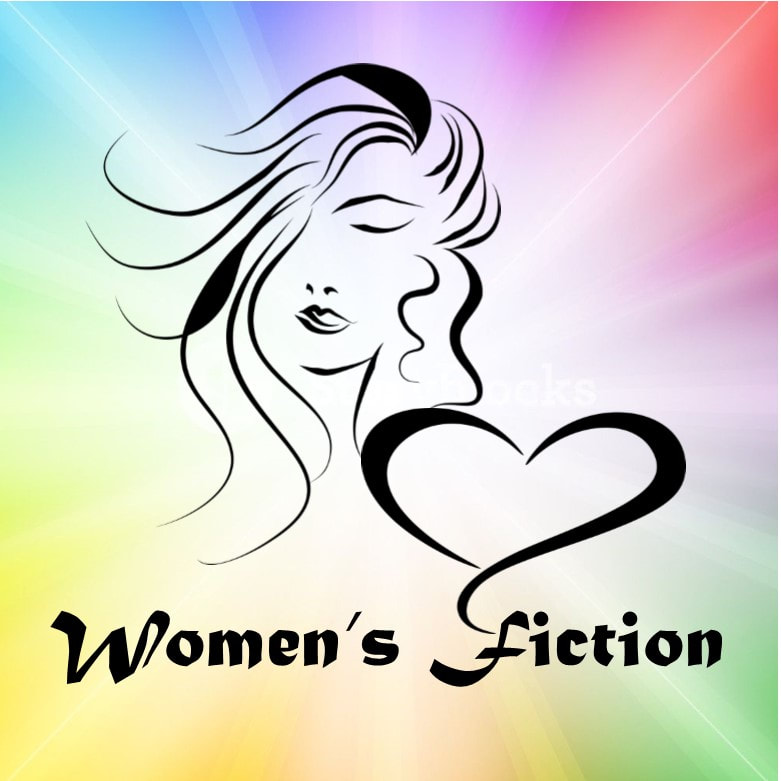
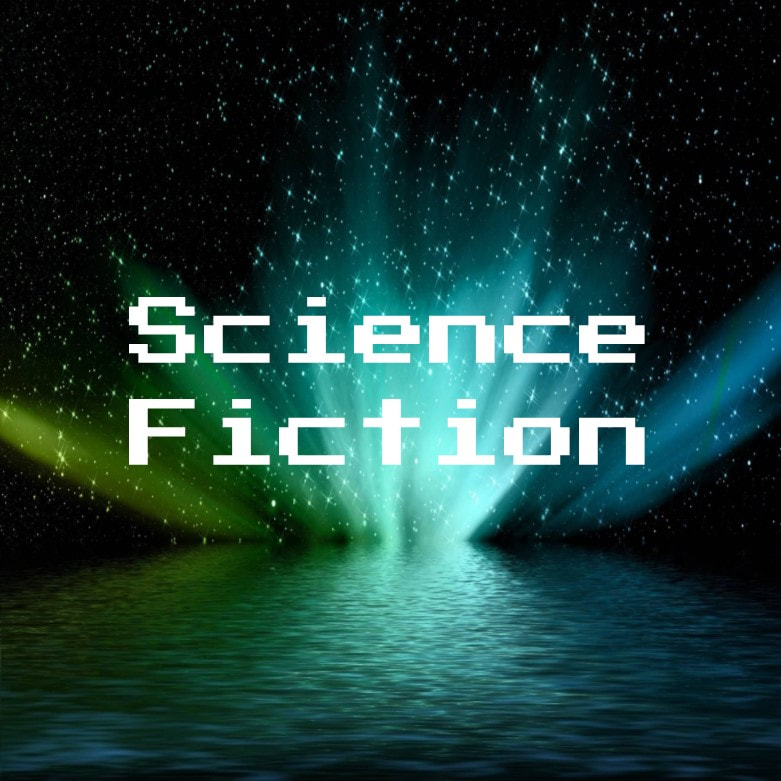
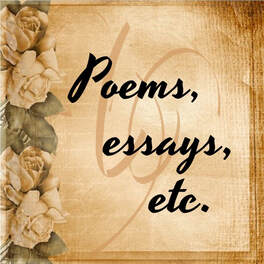
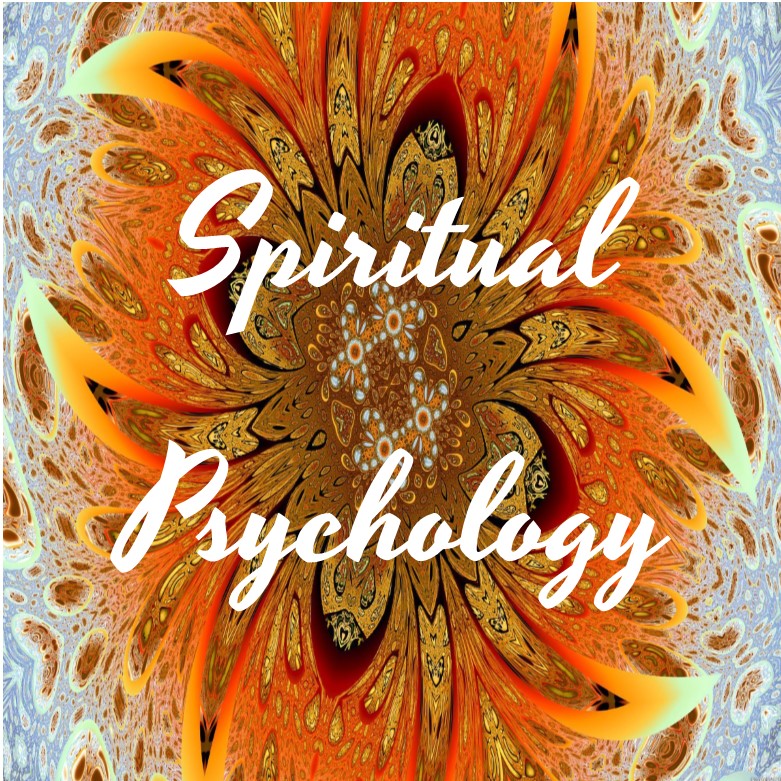
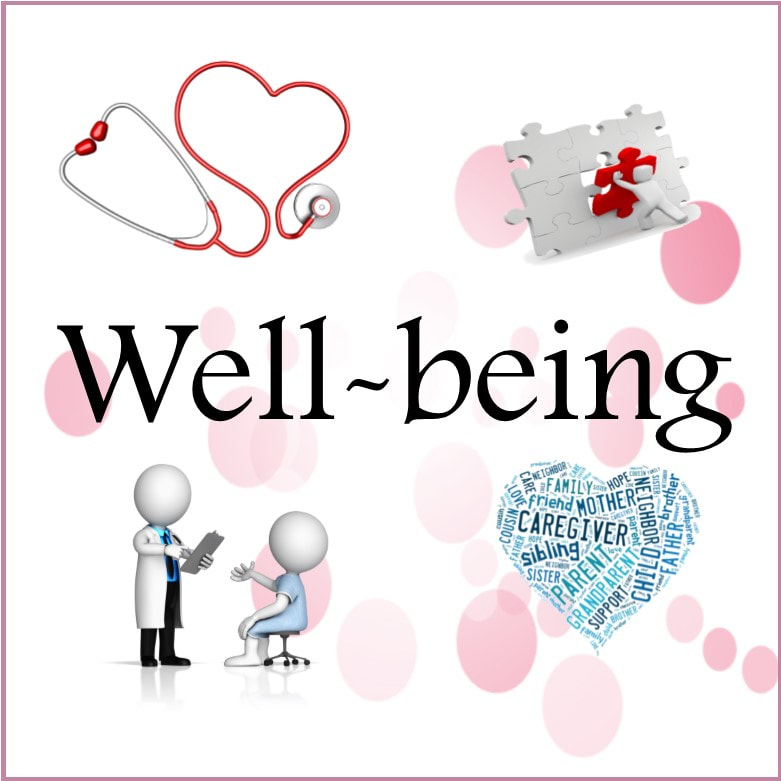
 RSS Feed
RSS Feed